Hybrid polymer composites offer remarkable improvements in construction performance by combining the strengths of different materials, and here’s how.
Hybrid polymer composites are materials that combine the best properties of two or more different polymers to create a material with enhanced performance characteristics.
In this blog post, I’ll be sharing everything you need to know about hybrid polymer composites – what they are, how they work, and why they’re becoming increasingly popular in construction projects around the world.
So whether you’re an experienced builder or just starting out in the industry, read on to discover how these innovative materials can help take your work to new heights!
Hybrid Polymer Composites: An Overview
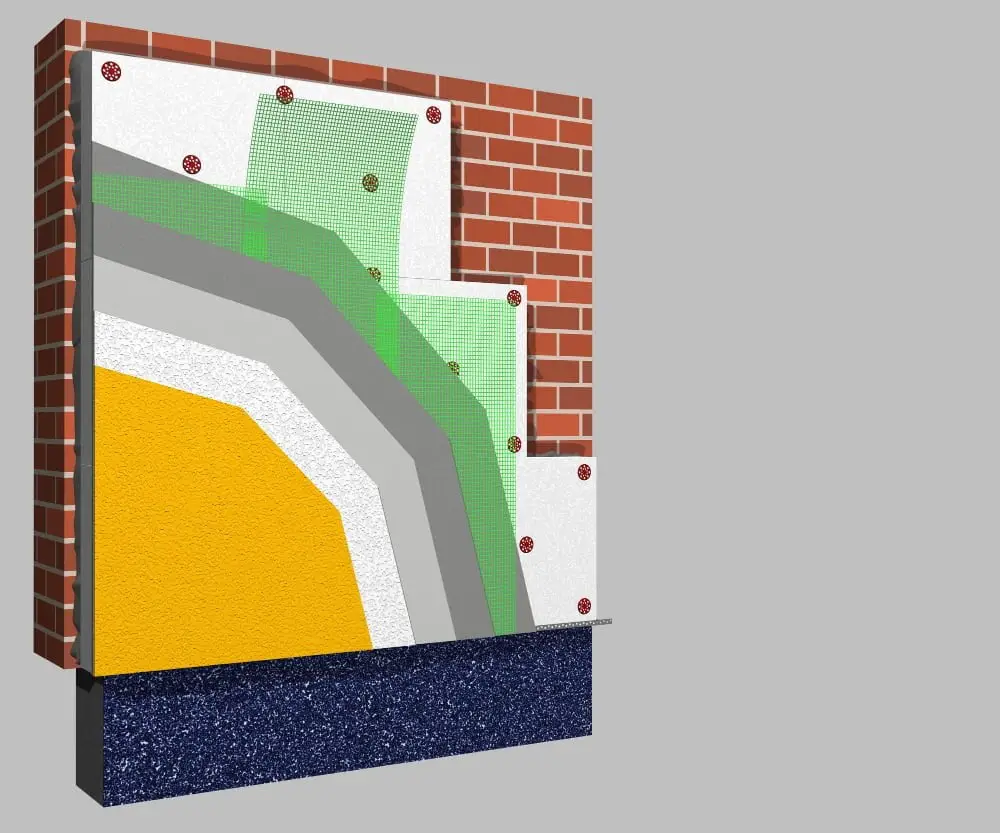
Hybrid polymer composites are materials that combine the best properties of two or more different polymers to create a material with enhanced performance characteristics. These composites have been gaining popularity in the construction industry due to their unique qualities, such as increased strength, durability, and resistance to environmental factors.
The combination of different polymers allows for a tailored approach when designing these materials. For example, one polymer may provide excellent tensile strength while another may offer superior flexibility.
By combining them into a hybrid composite material, you can achieve both properties simultaneously.
From reinforcing concrete structures and bridges to creating lightweight yet strong building components like roofing panels and wall cladding systems – there seems no limit as far as what these innovative materials can do!
In fact, some experts predict that hybrid polymer composites will become even more prevalent over time due to their versatility and ability to be customized according to specific project requirements. So if you’re looking for ways to enhance your work’s performance while also reducing costs associated with maintenance or repairs down-the-line – consider incorporating this cutting-edge technology into your next project!
Advantages of Combining Polymers
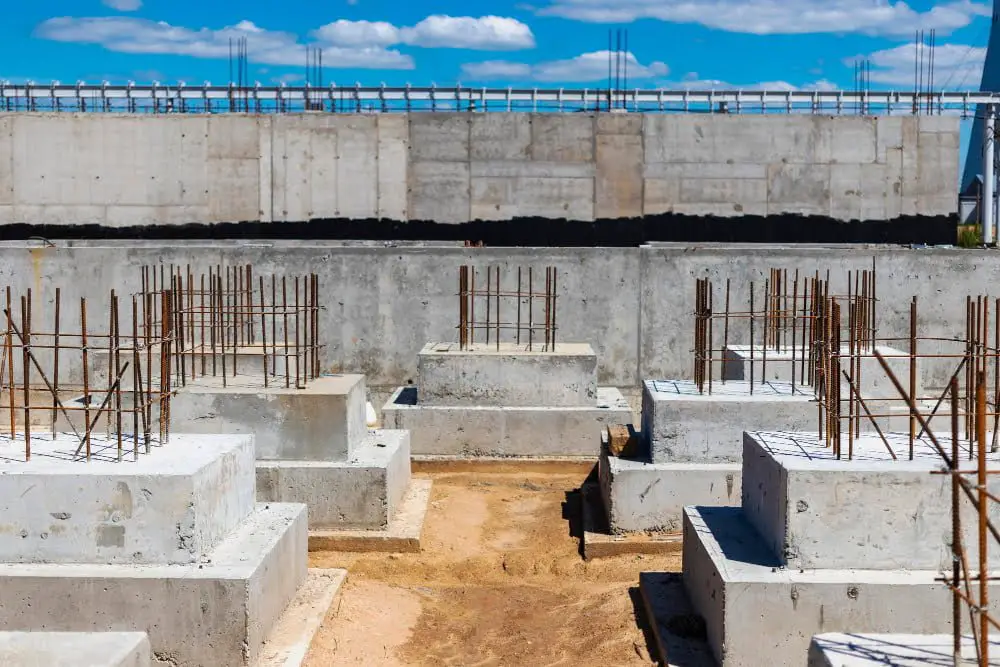
One of the main advantages of hybrid polymer composites is that they combine the best properties of two or more different polymers. This means that you can create a material with enhanced performance characteristics, such as increased strength, durability, and resistance to wear and tear.
For example, let’s say you want to create a material for use in building foundations. You could combine two different polymers – one with high tensile strength and another with excellent compressive strength – to create a composite material that has both qualities.
The resulting hybrid polymer composite would be stronger than either individual polymer on its own.
Another advantage is that by combining polymers, you can also improve other properties like flexibility or heat resistance. This makes them ideal for use in construction projects where materials need to withstand extreme temperatures or harsh weather conditions.
Using hybrid polymer composites offers many benefits over traditional materials used in construction projects today. By combining the best features from multiple types of polymers into one strong composite structure we are able to achieve better results than ever before!
Construction Applications for HPCs
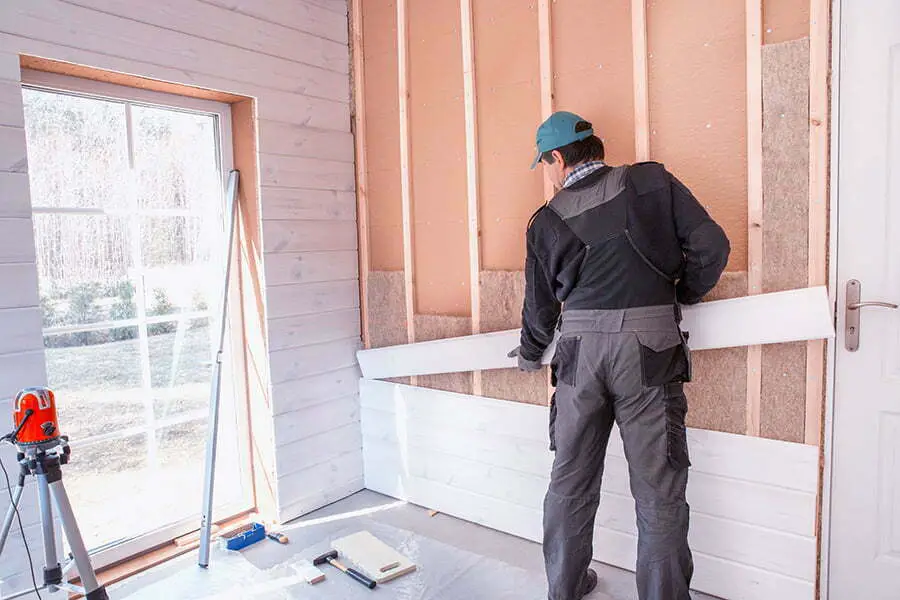
Hybrid polymer composites (HPCs) have a wide range of applications in the construction industry. One of the most significant advantages of HPCs is their ability to enhance the performance characteristics of traditional building materials such as concrete, steel, and wood.
For instance, HPCs can be used to reinforce concrete structures like bridges and buildings. By adding fibers made from polymers like aramid or carbon fiber into concrete mixtures, it’s possible to increase its tensile strength while reducing its weight at the same time.
Similarly, HPCs can also be used for repairing damaged or deteriorating structures. For example, they can be applied as coatings on steel beams that are corroded by rust or other environmental factors.
The coating acts as a barrier between the metal surface and corrosive agents in order to prevent further damage.
In addition to these applications mentioned above; hybrid polymer composites are also being utilized for manufacturing lightweight panels that offer excellent insulation properties without compromising structural integrity – making them ideal for use in walls and roofs where energy efficiency is critical.
Overall; with their unique combination of properties including high strength-to-weight ratio; durability against harsh weather conditions & chemicals- Hybrid Polymer Composites have become an increasingly popular choice among builders looking for innovative solutions that deliver enhanced performance characteristics compared with traditional materials alone!
Enhancing Mechanical Properties
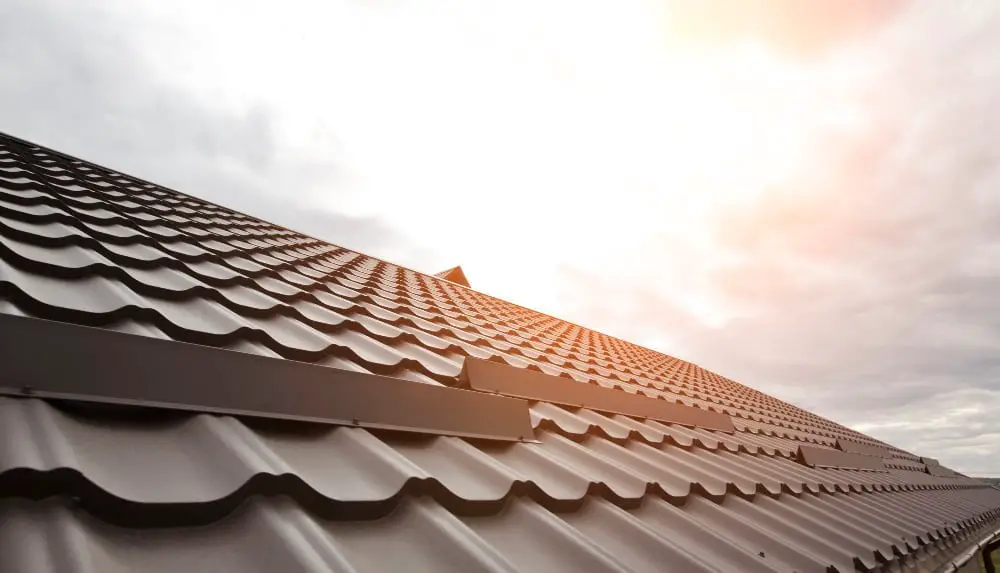
One of the most significant advantages of hybrid polymer composites is their ability to enhance mechanical properties. By combining two or more polymers, these materials can achieve a unique set of characteristics that are not possible with individual components alone.
For example, one common application for hybrid polymer composites in construction is reinforcing concrete structures. Traditional steel reinforcements have been used for decades but come with some limitations such as corrosion and weight issues.
Hybrid polymer composite reinforcement offers an alternative solution that provides higher strength-to-weight ratios and better resistance to environmental factors like moisture and chemicals.
Improved Durability and Lifespan

One of the most significant advantages of hybrid polymer composites is their improved durability and lifespan. As a construction worker, I know how important it is to use materials that can withstand harsh weather conditions, heavy loads, and wear and tear over time.
Hybrid polymer composites are designed to combine the best properties of different polymers to create a material that’s stronger than its individual components. For example, some hybrids may combine the flexibility of one type of polymer with the strength and rigidity of another.
This unique combination results in materials that are more resistant to damage from impact or stress compared to traditional building materials like concrete or steel. These composites have been shown in studies conducted by researchers at universities around the world (such as MIT) to be highly resistant against corrosion caused by exposure to moisture or chemicals.
Hybrid Polymer Composites offer an exciting new way for builders like us who want our work not only look good but also last longer without requiring frequent repairs due because they’re made up from two different types which give them enhanced performance characteristics such as improved durability & lifespan!
Cost-Effectiveness in Construction

One of the most significant advantages of using hybrid polymer composites in construction is their cost-effectiveness. While these materials may seem expensive at first glance, they offer long-term savings that make them a worthwhile investment.
The enhanced durability and strength of hybrid polymer composites meant that his work required fewer touch-ups or replacements compared to projects done with conventional materials.
Moreover, because hybrid polymer composites are lightweight yet strong, they can reduce transportation costs during construction. This means less fuel consumption for transporting heavy building components to the site.
While it’s true that using hybrid polymer composites may require an upfront investment for builders and contractors alike; their long-term benefits outweigh any initial costs by far. By reducing maintenance expenses over time as well as transportation costs during construction – this innovative material offers a win-win solution for both builders’ wallets and clients’ satisfaction!
Environmental Impact and Sustainability
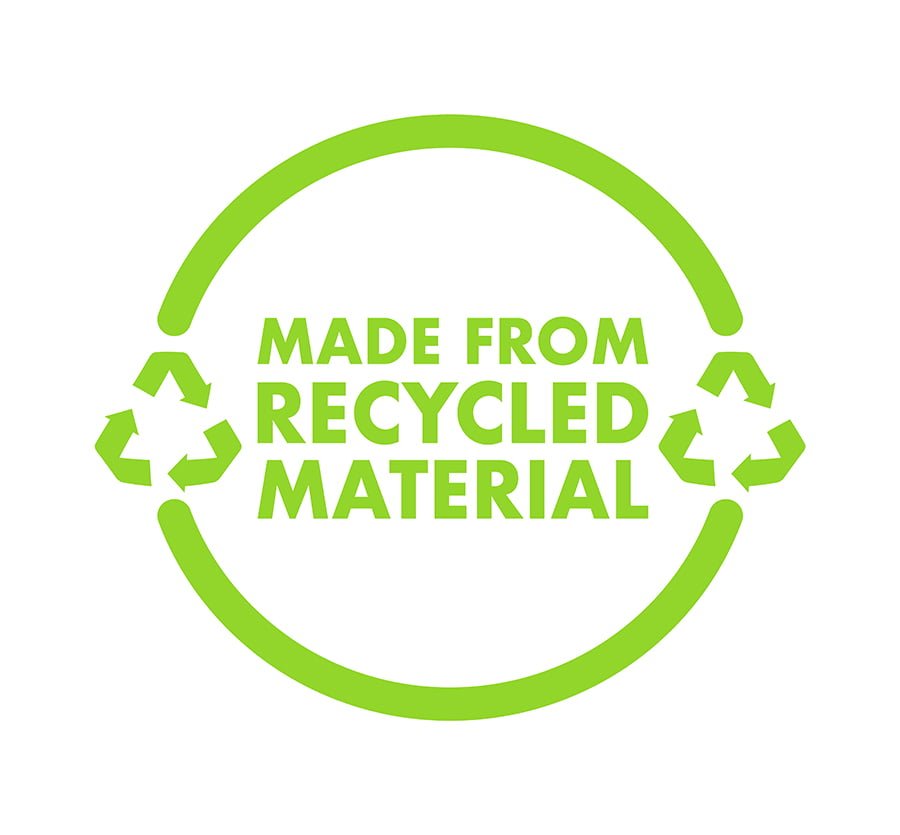
Because they’re made from a combination of different polymers – some of which may be recycled or biodegradable – they can help reduce waste and minimize our reliance on non-renewable resources.
In fact, many manufacturers are now producing hybrid polymer composites with sustainability in mind. They’re using renewable energy sources to power their production facilities and incorporating recycled materials wherever possible.
Some companies even offer take-back programs for end-of-life products so that they can be repurposed or recycled instead of ending up in landfills.
All in all, it’s clear that hybrid polymer composites offer not only enhanced performance but also an environmentally responsible solution for construction projects. As builders who care about sustainability (and let’s face it – we should all care), these materials should definitely be on our radar moving forward!
Recap




